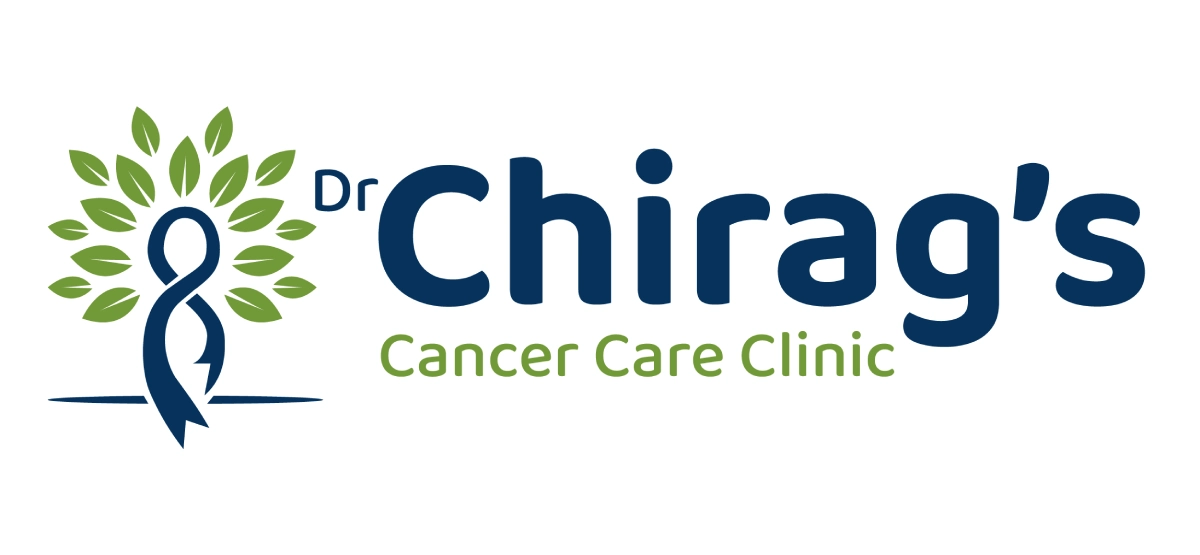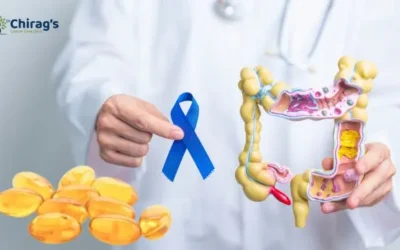
As a practicing oncologist and expert onco surgeon Doctor in Pune, I often meet Patients who are overwhelmed when they hear the word “cancer.” It’s not just a diagnosis—it’s a turning point.
Many women come to me confused about what types of cancers they are most vulnerable to, what symptoms to look out for, and how they can protect themselves.
So I’ve written this blog to offer you a doctor’s perspective, grounded in science but explained in human terms. Here’s what every woman should know about the most common types of cancer and how to take proactive steps toward prevention and early detection.
Breast Cancer
One of the most frequently diagnosed cancers in women, breast cancer usually starts in the ducts or lobules of the breast. I recall one woman who came in because she felt a small lump during a self-exam.
It turned out to be early-stage breast cancer—and because she acted quickly, her prognosis was excellent.
Symptoms can include: a new lump, change in breast shape, skin dimpling, or discharge from the nipple.
Risk factors: family history, age, alcohol consumption, hormone replacement therapy, and obesity.
What helps: Annual mammograms after age 40 and clinical breast exams are key. Don’t ignore any changes, even if they seem minor.
Treatment may involve: surgery, radiation, chemotherapy, hormone-blocking therapy, or newer targeted drugs, depending on the type and stage.
Lung Cancer
Lung cancer is more common than many women realize—and not just in smokers. I once treated a non-smoking woman in her 60s who had been exposed to secondhand smoke for years. She developed a persistent cough, and a scan revealed lung cancer.
Common signs: chronic cough, shortness of breath, chest pain, fatigue, and unexplained weight loss.
Major risks: smoking, secondhand smoke, air pollution, and exposure to radon.
Prevention tip: If you smoke, quitting is the single most important step you can take. Screening with low-dose CT scans can also help detect lung cancer early in high-risk individuals.
Treatment can include: surgery, radiation, chemotherapy, targeted therapy, or immunotherapy, depending on the specific type.
Colorectal Cancer
Colorectal cancer affects the large intestine and is increasingly found in younger women. I’ve seen patients in their 40s who delayed screening because they thought they were too young to be at risk. Symptoms like blood in the stool or stomach cramps should never be ignored.
Watch for: persistent abdominal discomfort, changes in bowel habits, rectal bleeding, or fatigue.
Risks include: age, diet high in red or processed meats, sedentary lifestyle, obesity, and family history.
Prevention strategy: A colonoscopy every 10 years starting at age 45 can dramatically reduce risk by detecting and removing polyps.
Treatment involves: surgery, chemotherapy, and sometimes radiation depending on stage and location.
Cervical Cancer
Thanks to Pap smears and the HPV vaccine, cervical cancer is now one of the most preventable cancers. Yet, I still see women—some in their 30s or 40s—who’ve never had a Pap test. One such patient believed she didn’t need one because she felt fine. But cervical cancer often develops silently, without early symptoms.
Regular screenings can detect changes long before they turn into cancer, and the HPV vaccine adds another strong layer of protection.
Symptoms to know: abnormal bleeding, especially after sex, pelvic pain, or unusual discharge.
Primary cause: persistent infection with high-risk strains of HPV (human papillomavirus).
Prevention steps: Get vaccinated against HPV ideally before age 26 (up to age 45 in some cases), and attend regular Pap and HPV tests.
Treatment options include: surgery, radiation, and chemotherapy depending on how advanced it is.
Ovarian Cancer
Ovarian cancer is often called a “silent killer” because it can grow without obvious symptoms. One of my patients reported persistent bloating and a feeling of fullness that wouldn’t go away. These subtle signs led to her diagnosis.
Early signs include: bloating, frequent urination, pelvic pain, or feeling full quickly.
Higher risk if you have: BRCA1/2 gene mutations, family history, or endometriosis.
What you can do: Discuss family history with your doctor. If at high risk, genetic testing and transvaginal ultrasounds may be recommended.
Main treatments: surgery and chemotherapy, often in combination.
Uterine (Endometrial) Cancer
I once treated a postmenopausal woman who casually mentioned light bleeding during a routine checkup. She thought it was nothing, but I knew that any bleeding after menopause needs to be checked. We did an ultrasound and a biopsy—she had early-stage uterine cancer. Because we caught it early, her treatment went smoothly, and she recovered well.
Uterine cancer usually starts in the lining of the uterus (the endometrium). It’s most common in women after menopause. Watch for symptoms like unexpected bleeding, pelvic pressure, or pain. Staying alert and reporting even minor changes can make a major difference.
Uterine cancer typically develops in the lining of the uterus, known as the endometrium. It’s most common in postmenopausal women, but it can occur earlier, particularly in those with hormone imbalances or metabolic conditions.
Signs to notice: abnormal bleeding (especially after menopause), pelvic pain, or pressure.
Risk factors: obesity, diabetes, hormone imbalance, or age above 50.
Prevention tip: Maintain a healthy weight and report any unexpected bleeding to your doctor immediately.
Treatment typically includes: surgery (like a hysterectomy), sometimes followed by hormone therapy, radiation, or chemotherapy.
Skin Cancer (Melanoma & Non-Melanoma)
As a doctor practicing in a sunny region, I see many women with skin cancers—some from tanning beds and others from lifelong sun exposure. One patient came in for what she thought was a mole. It had changed shape and color—it was melanoma.
Look for: new or changing moles, irregular borders, color changes, or a sore that doesn’t heal.
Risks: fair skin, UV exposure, history of sunburns, or family history of melanoma.
Smart prevention: Use broad-spectrum sunscreen daily (even on cloudy days), wear protective clothing, and do monthly skin checks.
Treatment: early surgical removal is often curative. Advanced cases may need immunotherapy or targeted medications.
A Doctor’s Note on Prevention
When I talk to my patients, I always stress that prevention and early detection save lives. Eating nutritious food, staying active, avoiding tobacco, moderating alcohol, and following screening guidelines are your best defenses.
Cancer is scary, yes—but knowledge is powerful. As a Cancer Specialist in Pune, I believe informed women make the strongest health decisions.
FAQs
What are the early signs of cancer that women commonly overlook?
Early signs can include unusual fatigue, persistent bloating, unexplained weight loss, abnormal bleeding, or a lump. If you notice any of these, consult a doctor promptly.
Is cancer genetic or can it be prevented through lifestyle?
While some cancers have a genetic component, many are influenced by lifestyle choices. Regular screening, a healthy diet, and physical activity can significantly lower your risk.
How often should women go for cancer screening?
It depends on age and personal risk factors, but generally, mammograms should begin at 40, Pap smears every 3 years after 21, and colonoscopy after 45.
Are there lifestyle changes to improve outcomes?
Quit smoking, maintain a healthy weight, eat plenty of fruits and vegetables, and stay active. Understanding bladder cancer, its treatments, and the importance of early detection can make a big difference. If you have symptoms or concerns, contact a healthcare professional. You’re not alone.
Can cancer return after treatment?
Yes, some cancers may recur. Regular follow-ups, lifestyle management, and early intervention are important for ongoing health.
Final Thoughts
Many cancers in women are not only treatable—but preventable or curable if caught early. As a doctor, I can’t emphasize enough how critical regular screenings and attention to subtle symptoms can be. If you ever feel that “something’s off,” listen to your body and don’t delay seeing your doctor.
Ready to Take the Next Step?
Your health is your most valuable asset. Don’t wait for symptoms to become serious. Schedule your routine cancer screenings today and speak with your Cancer Specialists about your personal risk. Visit the Best Cancer Care Clinic in Pune for compassionate, personalized care and guidance that can make all the difference.
If you have any further queries, please write to us.
Latest Blogs
Can Constipation Cause Colon Cancer?
Constipation doesn’t directly cause colon cancer, but it can be a warning sign. Learn the link, risks, and when to seek screening.
Can Colon Cancer Cause Back Pain?
Learn how colon cancer may cause back pain, its warning signs, and when to seek medical care. Early detection is key for better outcomes.
Can Vitamin D Help Prevent Colon Cancer?
Yes, vitamin D may help lower your risk of colon cancer by supporting immune health, reducing inflammation, and slowing abnormal cell growth.






